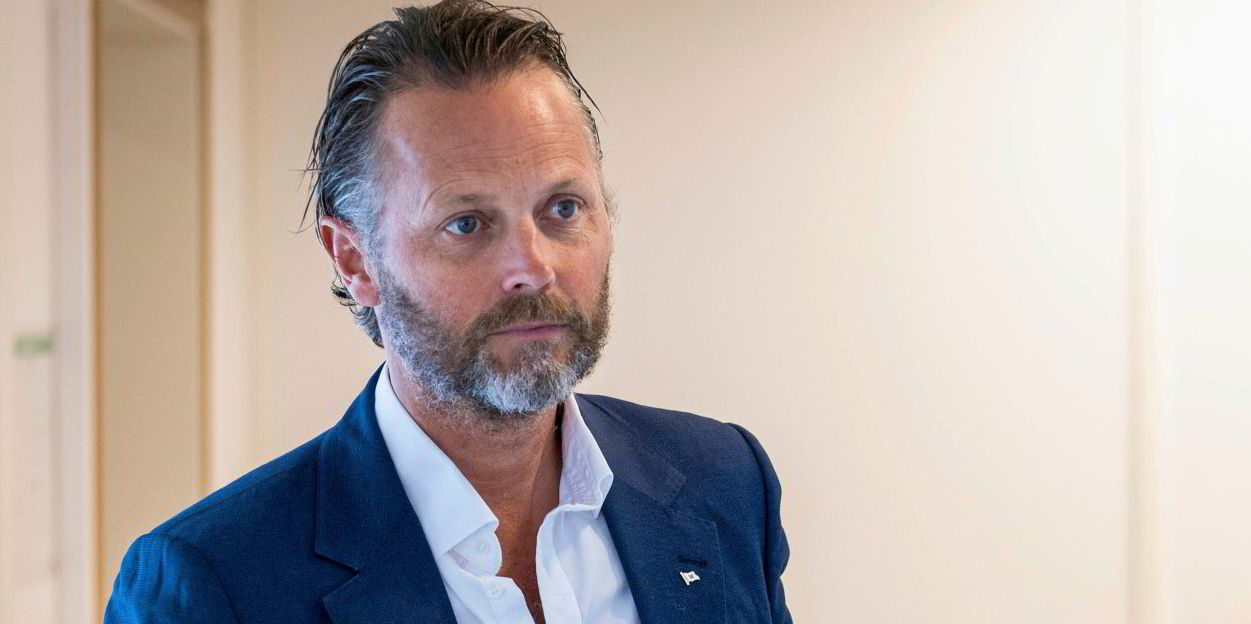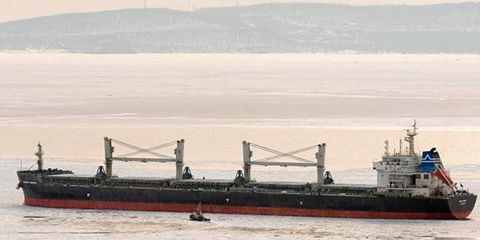Shipping was a lot different when Wilh Wilhelmsen Holding started in the 1860s.
So decarbonisation does not phase Thomas Wilhelmsen, the latest member of the Wilhelmsen family to lead the sprawling maritime conglomerate.
“The Wilhelmsen group has been around for more than 160 years. Our ability to constantly adapt to changing environments, new technology, new regulatory requirements, customer needs and more have been crucial for us to survive for 162 years, to be exact,” he tells TW+.

Wilh Wilhelmsen has a host of emission-slashing initiatives with an aim to get to net zero in its own operations before 2030, in its value chain before 2040 and in its investment portfolio before 2050.
For Wilhelmsen, the most exciting initiatives are the Hecla Emissions Management programme, where the company integrates technical ship management and carbon allowance procurement, aiding owners in their decarbonisation efforts; and Pelagus 3D, which enables delivery of spare parts aided by 3D printing.
Other efforts include investments in zero-emission container ship owner Topeka, autonomous vessel developer Massterly and shipowner Edda Wind, which works exclusively with the offshore wind industry.
But its most prominent holding is a 37.9% stake in Wallenius Wilhelmsen, the world’s largest car carrier owner.
To push forward its energy transition efforts, Wallenius Wilhelmsen created the Orcelle Accelerator task force, which reports directly to chief executive Lasse Kristoffersen.
It also rolled out an artificial intelligence optimisation system last spring that led to the company consuming 5% less fuel.
The shipowner disclosed this year that although it overshot its 2022 emissions target, it was seeing positive developments in 2023 thanks to the AI system and speed reductions.

The company has also placed sustainability-linked bonds and has up to 12 methanol-capable and ammonia-ready newbuildings on order.
What is essential for shipping, Wilhelmsen says, is the right frameworks and incentives to really push things forward. “We are uniquely positioned in Norway with a strong maritime history, always updated competence and a cluster of companies that want to have an impact,” he says.




